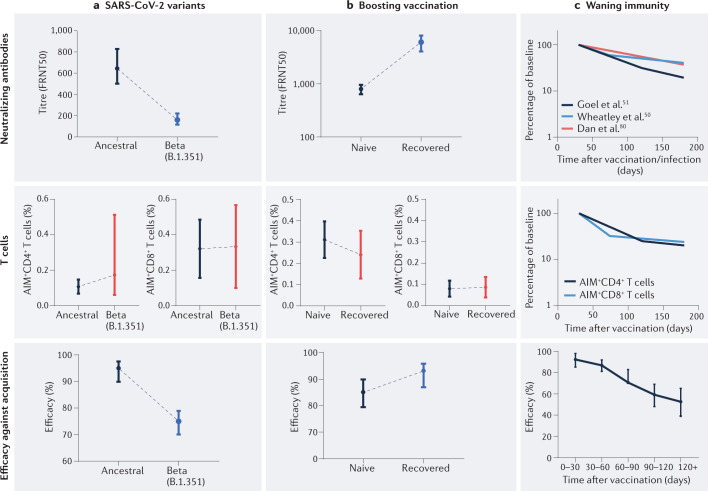Fig. 2. Protection from acquisition of SARS-CoV-2 infection tracks the neutralizing antibody responses.
From comparison of situations where neutralizing antibody (nAb) and memory T cell responses are decoupled, protection appears to be predicted by the level of nAbs. a | The nAb levels, circulating spike-specific (AIM+) CD4+ T cell levels and AIM+CD8+ T cell levels, and protection against symptomatic infection for the Beta variant versus the ancestral SARS-CoV-2 strain. nAb titres (measured as the 50% focus-reduction neutralizing antibody titre (FRNT50)) are reduced 3.9-fold, 8.8-fold and at least 10-fold for the Delta (B.1.167.2), Beta (B.1.351) and Omicron (B.1.1.529) variants, respectively24,63. By contrast, T cell responses to the variants are largely preserved, including to the Beta, Delta and Omicron variants37–39,65. Protection decreases as expected from the reduced nAb level24,41. b | Vaccination of previously infected individuals leads to higher peak nAb levels than seen in vaccination of naive individuals44. However, peak CD4+ T cell and CD8+ T cell responses are similar following vaccination of previously infected individuals and naive individuals45. The effectiveness after BNT162b2 vaccination in recovered individuals (recovered from infection with the Delta variant) is significantly higher than the effectiveness after vaccination in naive individuals (93% versus 85%, P = 0.006), tracking the increased nAb responses49. c | The observed waning of nAb responses (data obtained from refs50,51,80) has led to the suggestion that the relative contribution of T cell-mediated immunity to protection may increase over time. However, the decay rate of antigen-specific T cells in the circulation is similar to that observed for nAb titres45. Although protection wanes with time7, it is not possible to differentiate the contribution of humoral or T cell responses, as they decay at similar rates.

